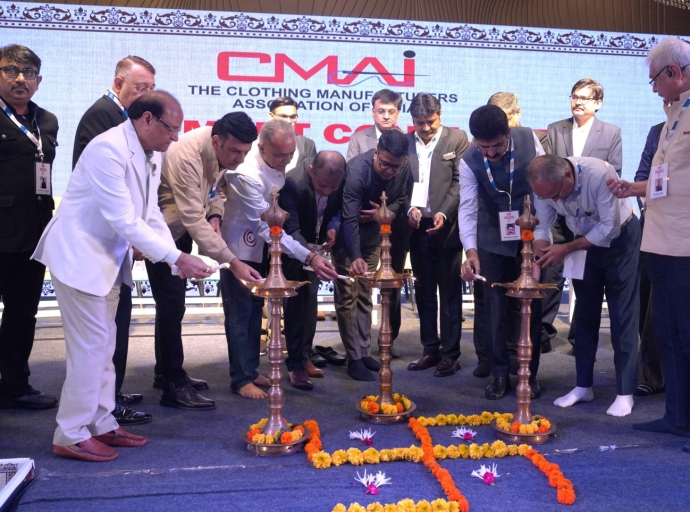High raw material costs threaten India’s silk industry

The silk industry presents India with an untapped opportunity to rule the global luxury market. Yet, India currently produces only 28,000 tons of mulberry silk against China which produces170,000 tons. As per a Live Mint report, India has an established tradition of silk traditions. Its favorable climatic conditions and adequate labor force also give it natural advantage over other countries. Yet, for decades it has been threatened by rising silk imports from China. To counter this threat, India also levied 33 per cent tax on Chinese silk though this duty has recently been lowered to 5 per cent.
Indian weavers deterred by China’s price manipulation
This makes the entry of Chinese silk yarn into India easier, threatening the domestic industry. It also enables China to manipulate global silk prices threatening the livelihoods of hundreds and thousands of small organized power loom silk weavers in Bengaluru. Once famous for their flawless silk chiffons, and plain taffetas, these weavers have been made redundant by the aggressive pricing strategies adopted by Chinese mills.
Yet, India’s consumption of Chinese silk continues to increase as weavers use these fabrics as a base for embroidery and printing. Chinese silk is known for its superior performance on mechanized looks. Though Indian scientists have made several attempts to make similar kind of silk, they have failed to substitute Chinese silk yarn completely.
Low prices draw Indian weavers to Chinese silk
Though earlier, the Indian handloom sector had refused to use Chinese silk. In recent times, it has given in to growing demand for the fabric, wiping out remaining market for Indian silk. Textiles clusters across India from Varanasi to Chanderi, Phulia to Pochampally, have switched to Chinese silk.
Low price of Chinese silk yarn has also attracted India’s handloom producers who have switched to this yarn. This could prove to be a cause of concern for the Indian government and have a long-term impact on the country’s economy. On the other hand, higher costs of domestic raw materials may completely wipeout India’s handloom silk industry, making way for cheap power loom substitutes from China.
Latest Publications





























